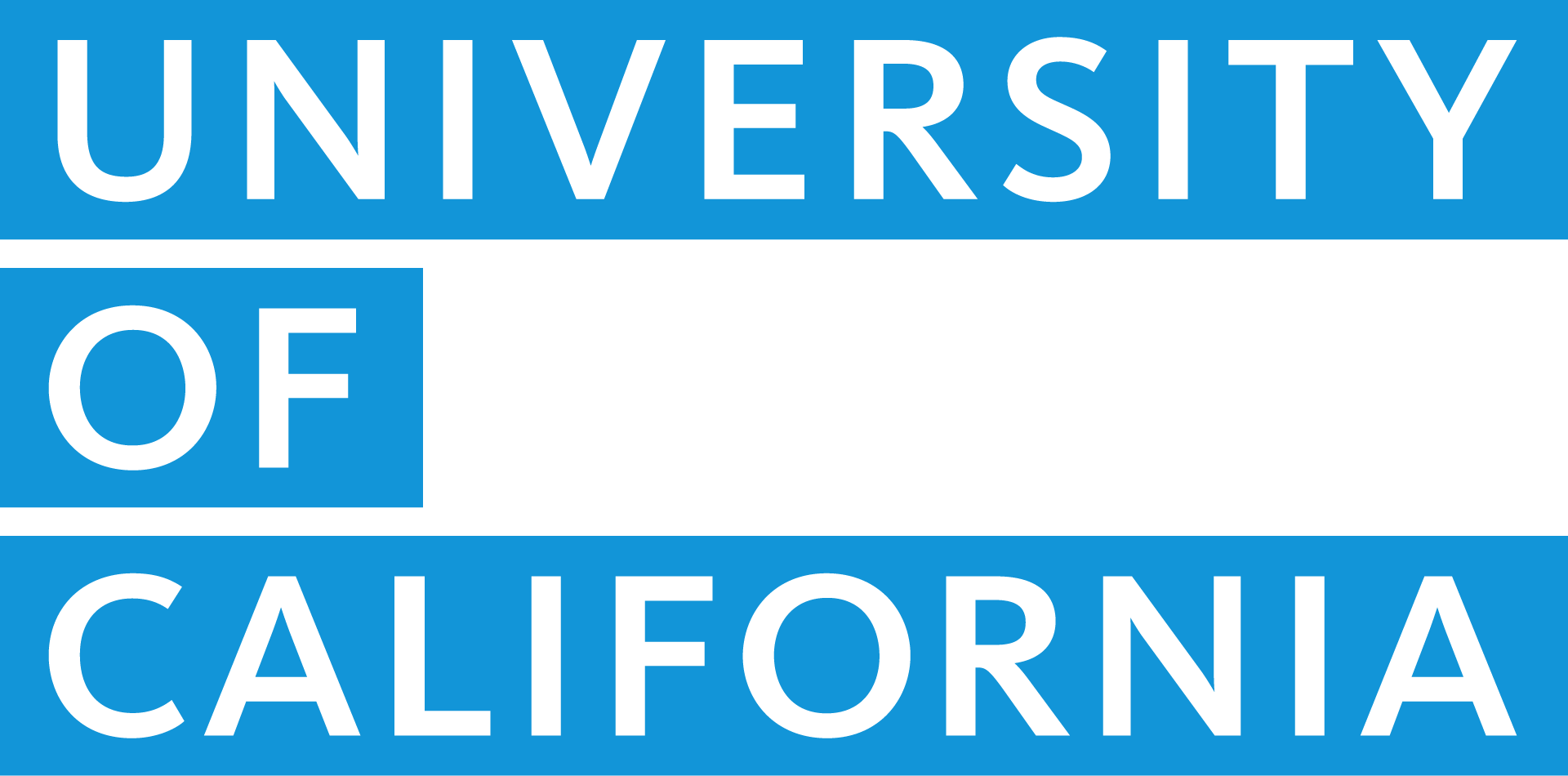UC People: Chrissy Huhn, librarian and landscape photographer
Share This Article
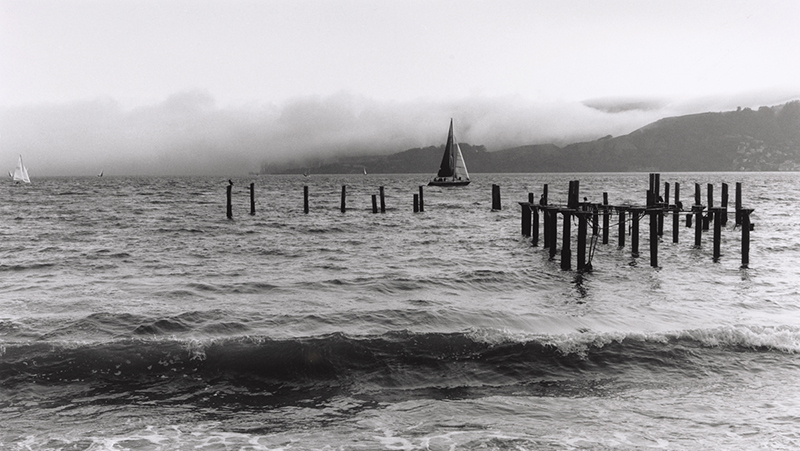
By Dan Vaccaro, UC Berkeley Library
For a photographer, timing is everything. Which is why you’ll often find Chrissy Huhn on the trail at 5 a.m., hauling her 50-pound pack to the perfect patch of desert in Mojave National Preserve.
When she finds the spot, she sets up her equipment and settles in to wait. Each roll of film in her medium-format analog camera allows for nine shots, so patience and a keen eye are key.
When the sunrise illuminates the waking landscape just right, and light speckles the spiked arms of a Joshua tree, she takes her shot. Click.
Huhn’s images — often black and white, and always developed by hand — are unquestionably beautiful. But capturing the grandeur of California’s natural wonders is only a part of her goal.
“My work focuses on preserving cultural landscapes through film,” said Huhn at a recent pop-up exhibit held in UC Berkeley’s Earth Sciences & Map Library. “I revisit places to document how the landscape changes over time, especially in response to climate change.”
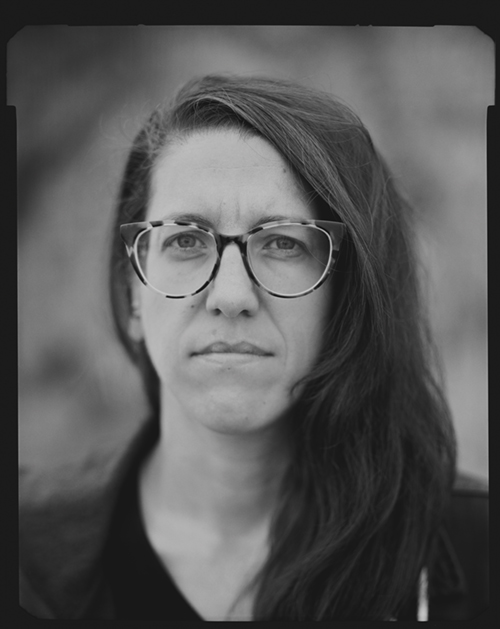
“I revisit places to document how the landscape changes over time, especially in response to climate change.”
– Chrissy Huhn
The exhibit paired Huhn’s photos with historical maps of California’s nine national parks, offering students and other members of the campus community a fresh perspective on their state and a glimpse into the library’s extraordinary research collections.
More than 50 people turned up to hear remarks from Huhn, whose day job is as head of Digitization Services at the UC Berkeley Library. She co-organized the event with colleagues from the Earth Sciences & Map Library: Susan Powell, the map librarian, and Karen Pfeffer, the circulation supervisor and technical processing assistant.
Huhn has taken photos at all but one of California’s national parks, although she favors those that draw fewer visitors. Mojave National Preserve is the site of one of her ongoing projects. In 2019, she was awarded a two-week artist’s residency to chronicle the preserve’s ever-shifting landscapes. That work, which culminated in a solo exhibit at the park’s visitor center, turned out to be even more valuable than anticipated.
In 2020, the Dome Fire swept through Mojave, burning more than 43,000 acres and killing an estimated 1.3 million Joshua trees. Huhn’s images from the time just before the fire serve as a reminder of the past — and a warning for the future.
“The landscape is totally different now,” she lamented, while also expressing her gratitude for the opportunity to bear witness. It’s her life’s work after all, and she keeps returning because she is committed to the preservation of history for future generations. She even donates her images to the National Park Service, California State Parks, and various nonprofits.
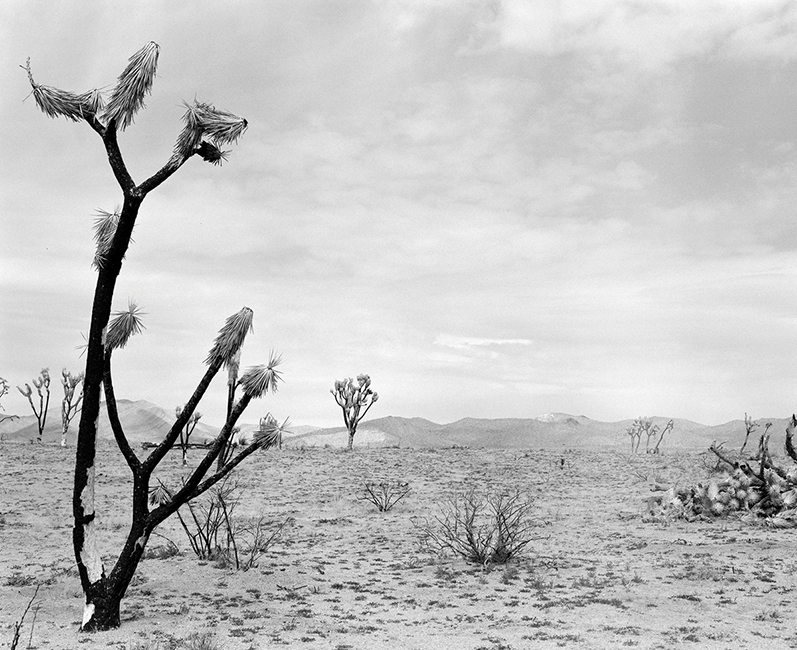
Huhn fell in love with photography at age 8, when her mom gave her a Kodak disc camera. She took the camera everywhere, obsessively cataloging the marvels of her childhood world. In high school, a darkroom photography course — and her proximity to nature — confirmed what she intended to do with her life.
“I grew up 5 miles outside of the Delaware Water Gap National Recreation Area (in Pennsylvania),” Huhn said. “I would go to the national park and photograph. So I think the connection to the landscape really started early.”
A few years after college, Huhn landed an internship at the recreation area, taking photos for its museum. She documented the park’s historical stone wall features, which were once used by locals to designate property lines. At the museum, she learned about careers in cultural heritage, a field dedicated to preserving and celebrating the artifacts and traditions of past generations, and decided it was the right fit.
While studying for a graduate degree in historic preservation, Huhn took a job at the National Archives, first in St. Louis, and later in Washington, D.C. She worked on mass digitization projects, honing her skills in another area of preservation. Ultimately, Huhn joined the Digitization Services department at the UC Berkeley Library. The team scans or photographs materials of all kinds — from books to artifacts to photos — making them freely available online.
She sees that work as complementary to her photography. “We are preserving items and making them accessible, much like what I aim to do through my fine artwork,” she said.
As an added bonus, Huhn gets to interact with images from legendary California landscape photographers.
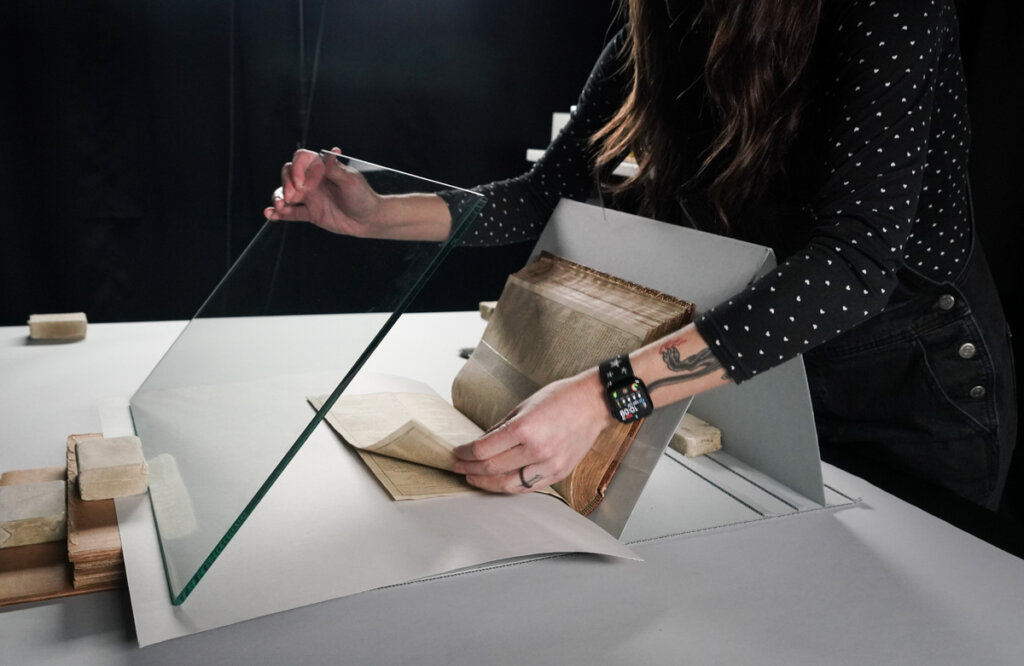
“I’m pretty lucky that I work here in the Library,” she said. “Carleton Watkins and Eadweard Muybridge are two of my favorite photographers. I’ve gotten to digitize a lot of their stuff, which is really cool. To handle a Carleton Watkins mammoth print, instead of looking at it on the wall, it’s a totally different experience.”
Huhn has also digitized some unique literary works, including Mark Twain’s handwritten notebooks. She said she connected with Twain, whom she jokingly described as her BFF (Best Friend Forever), in particular because of the funny doodles he sometimes made in the margins.
One of the projects that makes Huhn proudest is the team’s work on e-reserves during the early stages of the COVID-19 pandemic. The group helped ensure that students who couldn’t be on campus had access to digital versions of books and other materials for their classes. Several of the team’s current student workers applied for their roles because they wanted to be a part of work that mattered, evidence of the program’s impact, Huhn said.
Huhn continues her own meaningful artistic projects as well. Her work has been exhibited at galleries and museums across the United States. She has been awarded artist residencies at Kala Art Institute, Santa Fe Art Institute, and Joshua Tree National Park. In 2023, she received a San Francisco Artist Grant to continue documenting historically significant landscape features on Angel Island State Park.
The island has a long and complicated history. Native Americans once used it as a hunting and fishing site. It became a U.S. Army military installation in the mid-19th century. The island was also an immigration and detention facility from 1910 to 1940, in particular, for Chinese immigrants. Huhn said photographing on the island has helped her feel connected to the immigrant experience of her Russian Jewish ancestors.
As part of the project, she has partnered with park rangers to identify and understand the fragile environments and structures on the island. She stays overnight to experience the place at its most pristine. Her photos show slender stalks of agave, the ruins of military fortifications, and pilings that once bore crowded piers. But their true subject is the passage of time — the majesty and melancholy of impermanence.
